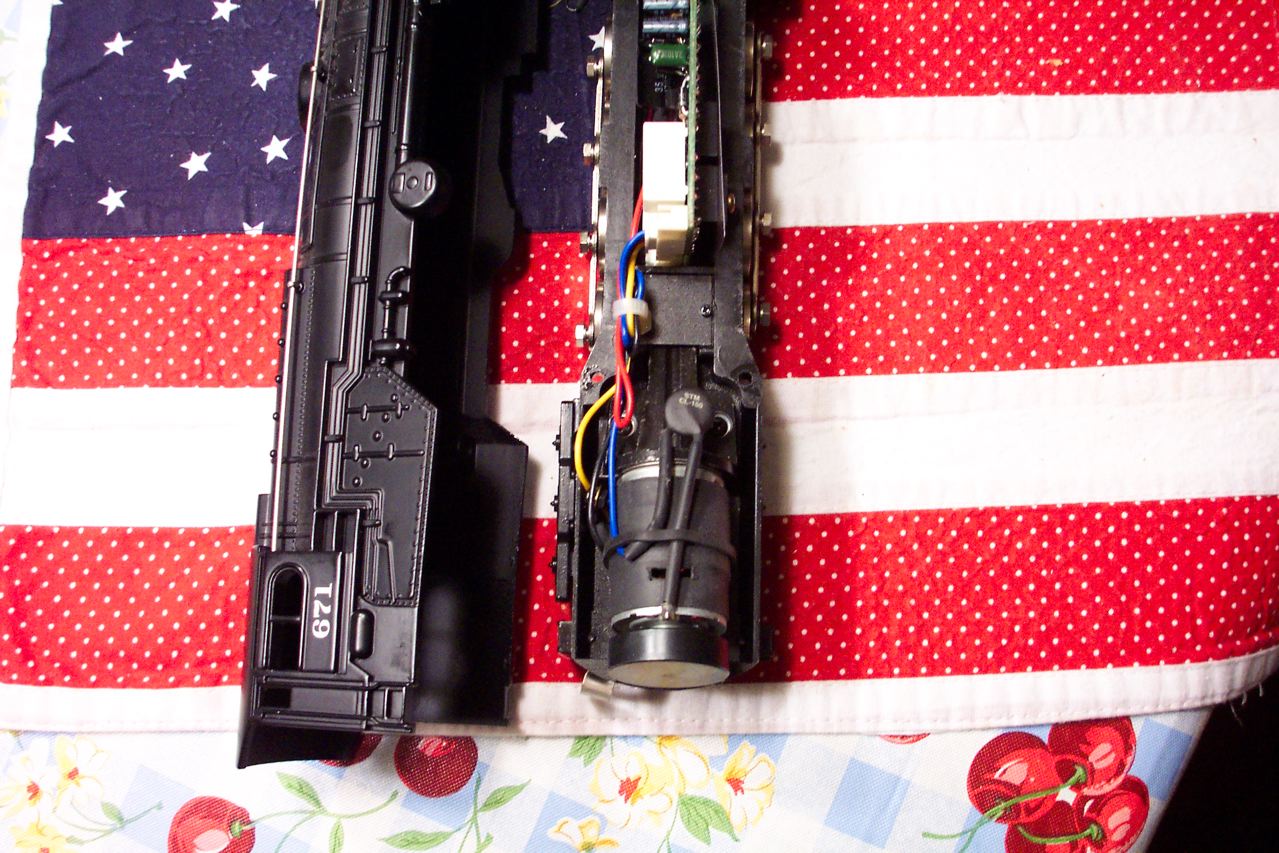I recently got a Williams FA-1 which has two motors. I remember reading somewhere that you can connect the motors (in series?) so the engine will run slower.
I am looking for advice on how to do it. It is a 2009 engine with electronic reversing and horn.
Is it as simple as removing the wire from the right terminal on #1 motor and removing the wire from the left terminal on #2 motor, and adding a wire to connect the two disconnnected terminals, thus in series?
Thank you for your comments.
Don
Original Post





 Good stuff!
Good stuff! 
